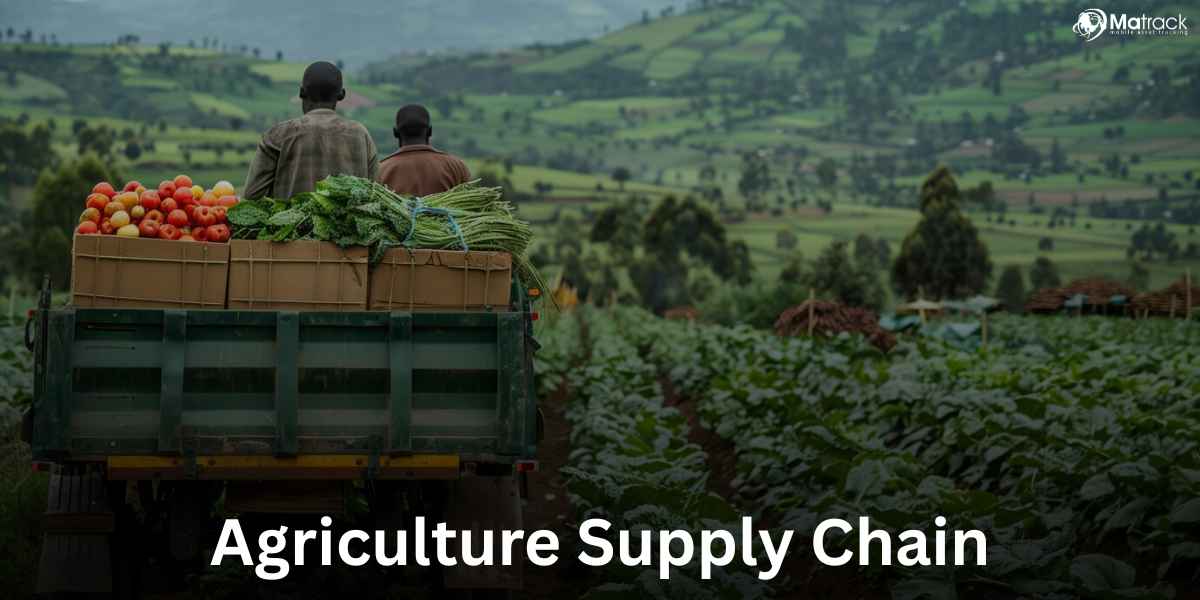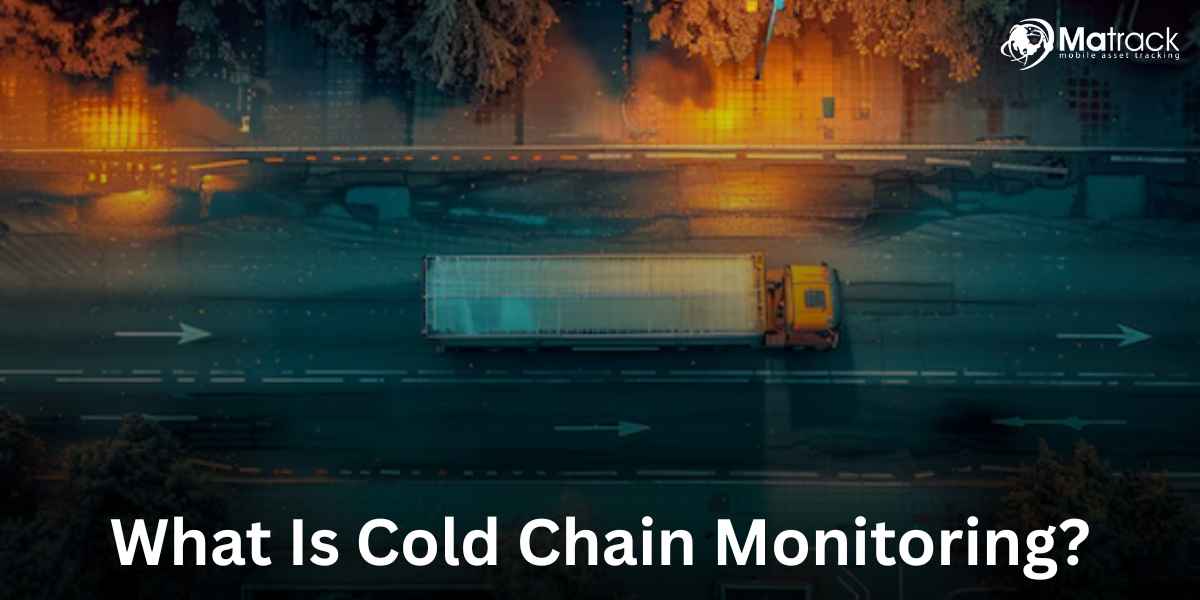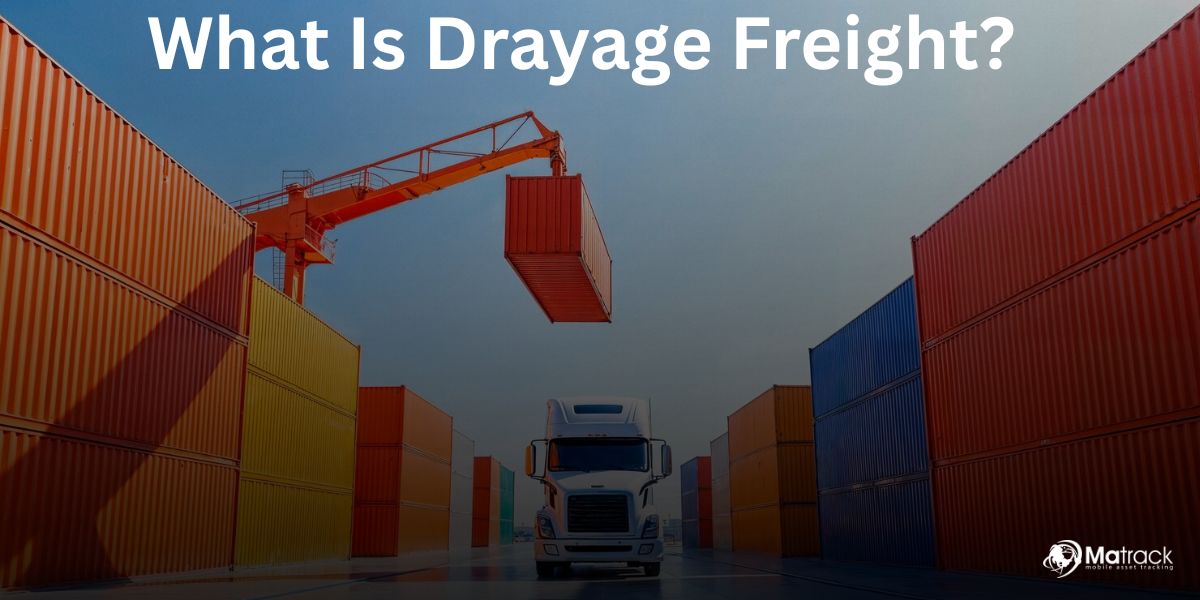Key Takeaways:
- The agriculture supply chain transforms raw farm outputs into consumable products through coordinated stages like production, processing, storage, and delivery.
- Efficient management of each stage requires modern practices, digital tools, and strong communication among stakeholders.
- Tools such as telematics, blockchain, cold chain sensors, and farm management systems increase traceability, reduce losses, and improve decision-making.
- Fleet management solutions like Matrack enhance logistics by offering real-time tracking, predictive maintenance, and regulatory compliance.
What Is the Agriculture Supply Chain?
Agriculture supply chain connects a sequence of steps that turn raw farm products into ready-to-eat food. It starts on the farm with crop or livestock production, then moves through processing, packaging, and storage.
From there, goods are transported and distributed to retailers before reaching the final consumer. Each step relies on close coordination between farmers, logistics providers, businesses, and regulators to keep food flowing efficiently.
What Are The Important Parts Of Agricultural Supply Chain?
The agricultural supply chain consists of six critical parts. Each part plays a specific role in ensuring that food moves efficiently from the farm to the consumer.
Production
Production is the starting point of the supply chain. It includes land preparation, seed selection, planting, irrigation, crop protection, and harvesting.
Post-Harvest Processing
Post-harvest processing involves sorting, cleaning, grading, and converting raw produce into usable or market-ready products. This stage improves food safety, consistency, and shelf life.
Packaging
Packaging protects food during storage and transportation. It maintains hygiene, displays essential information like expiry dates and nutrition facts, and adds commercial value.
Storage
Storage prevents spoilage and quality degradation. It includes ambient, cold, and controlled-atmosphere storage systems for different product types like grains, dairy, or fruits.
Transportation and Distribution
Transportation links producers to processors and markets. Distribution ensures that the right products reach the right places on time through wholesalers, retailers, or direct-to-consumer models.
Retail and Consumption
Retail provides the final connection between the supply chain and the consumer. Products are sold through supermarkets, farmers’ markets, and online platforms, where quality, price, and accessibility determine consumer choice.
How To Manage Agriculture Supply Chain?
Managing the agriculture supply chain involves connecting each stage with clarity and consistency. It requires attention to detail from farming to final delivery.
Strengthen Farming
Good farming builds the base of the supply chain. Training in crop selection, soil care, and planting techniques improves both quantity and quality of produce.
Build Storage
After harvesting, crops must be stored properly to avoid spoilage. Installing cold storage or dry warehouses near farms helps preserve freshness and reduce waste.
Track with Tech
Digital tools improve visibility at every step of the chain. Using systems like QR tracking,telematics or blockchain makes it easier to follow products from farm to shelf.
Fix Transport
Efficient transport keeps the supply chain moving on time. Planning better routes and using reliable vehicles helps reduce damage and delivery delays.
Support Groups
Farmers benefit more when they work together. Supporting cooperatives or producer groups gives them better access to markets and stronger negotiation power.
Connect Stakeholders
Every part of the supply chain needs to stay informed. Keeping communication open between producers, distributors, and retailers helps resolve issues quickly and improves coordination.
A well-managed agriculture supply chain delivers better products, lower costs, and more consistent supply for everyone involved.
Tools You Should Use To Manage Agriculture Supply Chain
Managing the agriculture supply chain requires tools that connect production, logistics, and delivery into one coordinated system. Each tool brings specific capabilities that improve control and reduce inefficiencies.
Supply Software
Supply chain software manages procurement, inventory, and order tracking in real time. It connects all stakeholders and keeps every stage visible and organized.
Farm Systems
Farm management systems support planning and field operations. They help farmers track inputs, monitor crop growth, and forecast yields accurately.
Telematics Tools
Telematics systems provide live data on vehicle movement and performance. These tools improve delivery speed, route planning, and fuel efficiency.
Blockchain Tech
Blockchain creates secure records of each transaction and movement. It improves traceability, builds trust, and prevents tampering or fraud.
Inventory Tools
Inventory tools monitor stock levels and automate restocking. They help avoid shortages, reduce waste, and maintain consistent product flow.
Cold Monitoring
Cold chain sensors track temperature and humidity during storage and transport. This protects perishables like dairy, meat, and fresh produce.
Market Apps
Market information apps give real-time access to pricing, demand, and buyers. Farmers use these tools to plan sales and avoid market risks.
Payment Platforms
Digital payment systems ensure fast, traceable transactions. They increase financial access for producers and improve cash flow across the chain.
Using these tools together builds a connected, responsive, and transparent agriculture supply chain.
Benefits And Challenges Of Agriculture Supply Chain
| Benefits | Challenges |
| Ensures consistent food availability | High post-harvest losses |
| Increases farmer income through market access | Poor rural infrastructure |
| Improves food safety and traceability | Lack of cold storage and warehousing |
| Reduces food waste through better logistics | Inefficient transport and logistics |
| Enables price stability across regions | Fragmented communication among stakeholders |
| Supports economic growth and employment | Climate disruptions affecting production |
| Encourages innovation in agri-tech | Limited access to technology for small farmers |
Why Matrack Fleet Management Solutions Are Best For Agriculture Supply Chain?
Matrack Fleet Management Solutions bring full visibility to agriculture supply chains by offering real-time tracking of vehicles and equipment. This helps farm operations monitor deliveries, reduce delays, and maintain the freshness of time-sensitive goods like fruits, vegetables, and dairy.
With automated alerts and predictive maintenance features, Matrack prevents breakdowns before they happen. It keeps vehicles in top condition, lowers repair costs, and ensures transport runs without disruption during peak harvest seasons.
Matrack also supports compliance and cost control with tools like electronic logging devices and fuel tracking. These features make it easier for agricultural businesses to meet regulations, cut fuel waste, and operate more efficiently every day.



